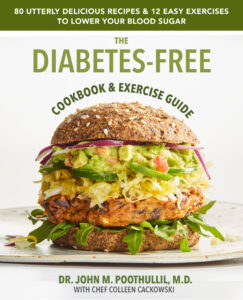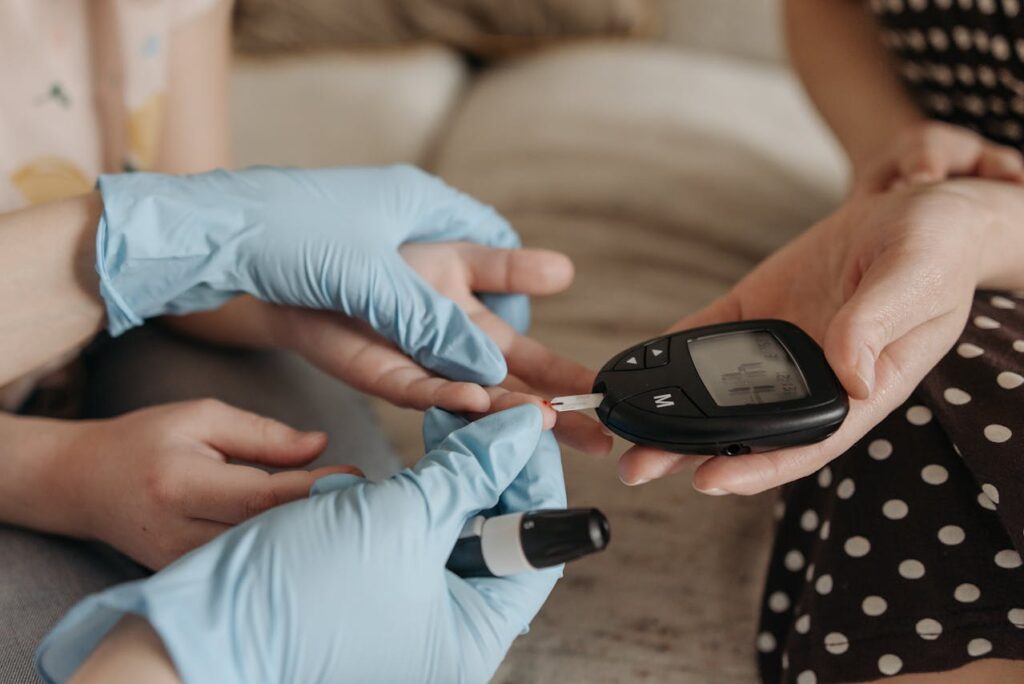I believe that every person intuitively knows when there is too much fat in the body.
In June 2023 the American Medical Association suggested that BMI, commonly used to categorize a person as underweight, normal weight, overweight, or obese based on weight and height does not directly assess the effects of body fat mass on medical conditions such as hypertension and cardiovascular diseases at the individual level. The reason is the impact of comorbidities, lifestyle issues, gender, ethnicity, familial conditions, and aging on health. Yet another reason is the influence of eating disorders on fat accumulation. This suggests the need to reevaluate the application of obesity in other situations such as insulin resistance that leads to high blood sugar, high serum triglycerides, and polycystic ovary syndrome (PCOS).
Food intake regulation
During nursing, every newborn child knows when to drink and for how long. As a toddler, every child decides when to eat, what to eat, and how much, consuming over 100 different nutrients needed for normal growth and development. Some of the needed nutrients are mixed with energy-containing nutrients, forcing the child to consume these in excess of immediate need. The child keeps the exes energy containing nutrients as fat. The capacity for fat storage is determined by the genetic inheritance of the child regarding the number and size of fat cells. It appears that after about age 24, the body has very little capability to produce new fat cells, forcing storage into existing fat cells.
During a meal, taste and smell receptors send signals to the control center in the brain to create the sensation of enjoyment. Signals from the intestinal receptors to the center moderate the intensity of hunger. Reduced enjoyment helps the child to terminate the act of eating, thereby preventing excess intake.
Interference with this oral sensory-based natural control mechanism could lead to excess food intake, weight gain, and obesity. Problems start when a child is forced to comply with specified meal times, eat foods that require little or no chewing, consume faster, and not have access, availability, and affordability to nutritious foods.
The green revolution, about 60 years ago, made it possible for people around the world to afford grain-based foods prepared and packaged for easy consumption, often facilitated by government subsidies. Requiring very little chewing, grain-based foods promote overconsumption often leading to meal termination based on fullness of the stomach rather than reduction in enjoyment. The result is the intake of excess energy-containing nutrients leading to increased incidence of obesity, cardiovascular diseases, Type 2 diabetes, and PCOS.
Another example is the new phenomenon of obesity with malnutrition experienced by some children in developing countries where mothers feed their children large quantities of grain-based foods with minimal nutritional variety.
Authentic weight
I believe that every person intuitively knows when there is too much fat in the body. I call this “feeling your authentic weight.” We all have a sense of our authentic weight because our brain tells us what it should be. Perhaps you have never thought about your authentic weight, but once you begin reflecting on it, you will likely get a good sense of what you should weigh.
Your authentic weight can change as you exercise and age because the contributions of each component of weight can change. If you begin working out and adding muscle, you might gain muscle weight but your brain knows you are still in your authentic range because it takes into account your extra muscle mass. If you are aging and losing muscle, but gain 10 pounds in body fat, your brain will sense that your authentic weight is now skewed towards fat, even though you may weigh the same.
If you are unable to rediscover your authentic weight, you can consider the body weight you had when you were in your mid-20s as a close approximation of it, provided your blood sugar and triglyceride levels were within normal range at that time. That is the age at which you probably reached your full height and your bones reached their maximum density.
Another way is to use a known standard to determine weight, such as the standard weight/height measurements and BMI, but be sure your blood sugar and triglyceride values are within their normal ranges. Then, use your intuitive sense and brain messages to remain at about your personal authentic weight.
As a best-selling author and Nationally Syndicated Columnist, Dr. John Poothullil, advocates for patients struggling with the effects of adverse lifestyle conditions.
Dr. John’s books have educated and inspired readers to take charge of their own health. There are many steps you can take to make changes in your own health, but Dr. John also empowers us that we must demand certain changes in our healthcare system as well.
Don’t let Type 2 diabetes or pre-diabetes control your life – start a delicious new journey to a healthier, happier you!

Testimonials:
Filled with tons of easy-to-make meals and encourages enjoyable meal planning for moms like me. I highly recommend this book to diabetics and families trying to live and eat healthily. —Maria Chalissery, M.Sc., Diet Technician
If you are looking for ways to improve your health and add more zing to your meals, these recipes are exactly what you need. —Jyoti Veeramoney, Chef, Certified Yoga Instructor
These exercises are great because they focus on dynamic movement that improves joint range of motion and flexibility. They require no equipment, build core strength and stabilization, and incorporate movements that can correct posture, which can decrease the risk of falling. —Sophia LaValle, NASM Certified Personal Trainer


